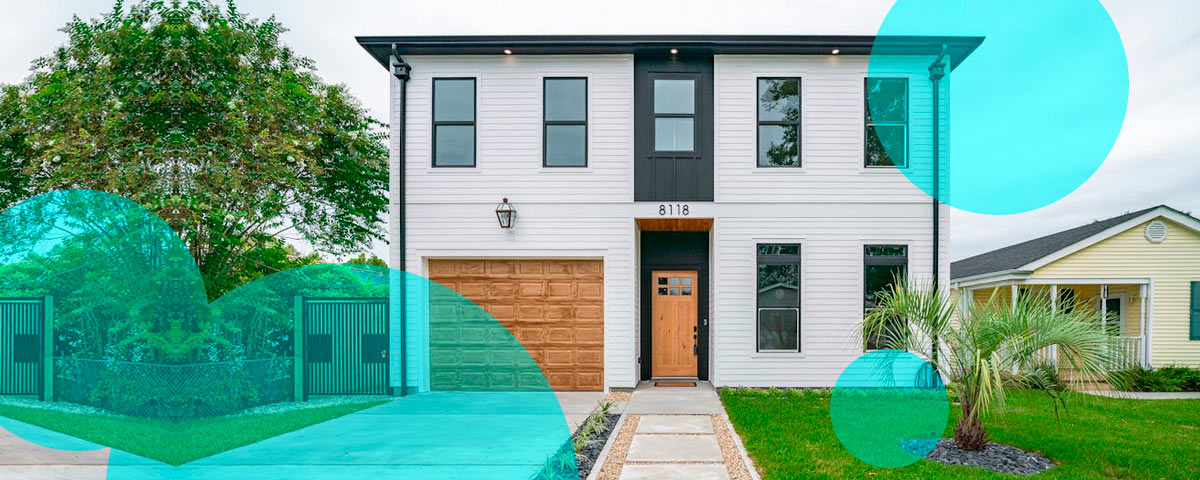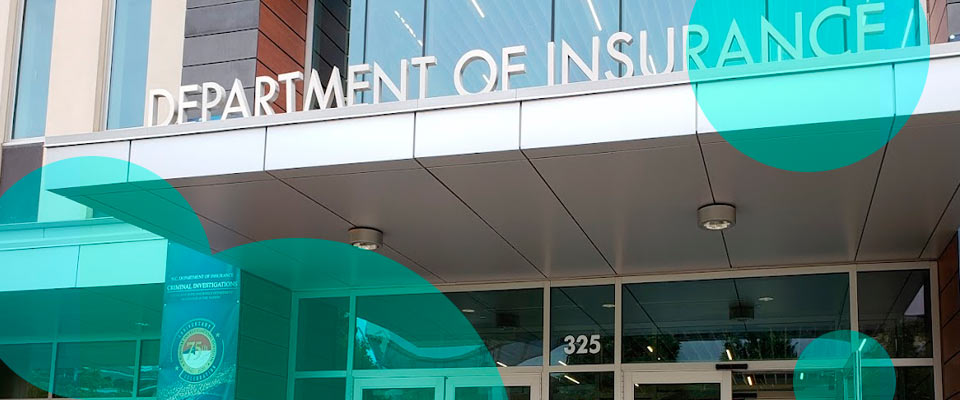State Farm just detonated a political and consumer firestorm in Illinois with a 27% rate hike that hits hundreds of thousands of households.
Illinois isn’t one of the country’s most climate-vulnerable states, but that didn’t stop the insurer from raising prices deep enough to trigger accusations that something doesn’t add up. And honestly, according to our analysts, the reaction makes sense in a market itching for answers.
State Farm writes roughly a third of all homeowners’ policies in Illinois. When it rolled out average increases of 27%, the backlash landed immediately.
The company pointed to inflation and natural disaster losses. Gov. JB Pritzker wasn’t buying it. He called the hike “unfair,” said the carrier’s numbers don’t match the state’s, and accused State Farm of using Illinois premiums to plug holes in other states. He pushed lawmakers to adopt consumer protection rules to rein in future increases.
The tension around this one isn’t isolated. Homeowners across the U.S. have watched insurers either jack up rates or walk away from entire regions.
Inflation and higher repair costs play a role, sure. But this case feeds a growing view that carriers are padding gaps elsewhere and blaming forces that only tell half the story.
People feel that squeeze directly. Best case, homeowners eat the higher premium. Worst case, they drop coverage they can’t afford and sit exposed. A single storm becomes a financial knockout punch.
Even Illinois, which sits far from coastal megastorm territory, is dealing with more severe convective events – storms that don’t grab headlines like an L.A. wildfire or a Cat 5 hurricane but stack losses one after another.
Victor Gensini, an atmospheric sciences professor at Northern Illinois University, called it “death by a thousand cuts.” And in that kind of environment, insurance stops being optional.
Lawmakers tried to respond in October with a bill letting the state review hikes over 10%, but it failed. The next shot comes in January. Whether it passes or not, the political pressure isn’t going away.
The bigger picture? A market that once bent slowly now jerks sharply, driven by weather volatility, insurer losses, consumer anger, and a regulatory structure that hasn’t caught up.
According to our analysts, Illinois is becoming the latest test case for how far insurers can push before lawmakers force a new playbook.
The Illinois House rejected a bill that would have given the state Department of Insurance authority to regulate homeowners insurance rates.
Gov. JB Pritzker had called for the legislation in July after State Farm Insurance announced it was raising rates for property and casualty insurance in Illinois an average 27.2%.
The company attributed that hike to losses it sustained from weather-related disasters in Illinois. But Pritzker and legislative leaders suggested the company was shifting the cost of disasters in other states onto the backs of Illinois consumers.
As states across the country face even more extreme weather than we do, we need to make sure Illinois homeowners are not paying for losses that companies experience in other states
Gov. JB Pritzker
While State Farm insisted the Illinois rate hikes were the direct result of losses the company incurred in Illinois, Pritzker and Insurance Director Ann Gillespie accused the company of refusing to provide any evidence to support that claim.
Illinois insurance director Ann Gillespie wants a judge to make State Farm hand over nationwide homeowners data that regulators first asked for nearly a year ago, according to BestWire. The lawsuit was filed by state Attorney General Kwame Raoul.
Her department says the information on policies and premiums from the country’s biggest homeowners carrier is vital after sharp hikes, including a 27% increase in Illinois this July, left coverage out of reach for more people.
State Farm shot back on Oct. 10, calling the case baseless and irrelevant to Illinois customers or costs. The company insists regulators overstepped by demanding nationwide records during a November 2024 market conduct exam. A hearing is scheduled for Dec. 15 in Cook County Circuit Court.









